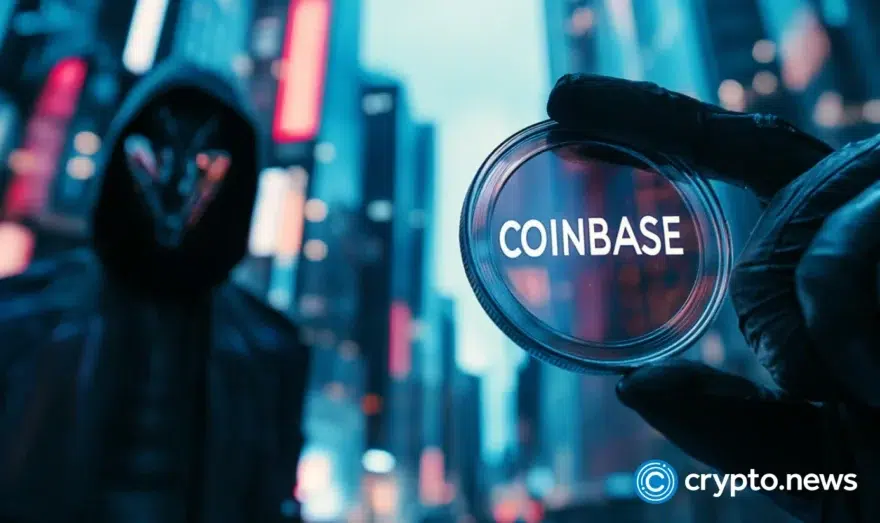Is It Possible to Extend Crypto Network via Satellite?

The answer is yes on whether satellites help extend crypto networks. As we will learn herein, satellite projects are already in use today, providing reliable yet limited alternatives to internet service providers. Projects that enable data propagation from public and dedicated satellites to users on earth suffice as well. There are different customizations required to make a satellite dish receive data. Finally, we look at the benefits of having such a strong option for accessing and interacting with blockchain resources. But first;
Examples of Crypto Satellite Projects Launched
The past crypto projects undertaken over satellite relied on commercial communication satellites from whom they leased propagation frequencies. Projects include:
Blockstream
Blockstream is an example of a commercial satellite broadcasting bandwidth via unique frequencies given to crypto providers to meet their needs. Blockstream uses the frequencies during transmission of signals carrying encoded blocks and transactions from the ground station as fed by the crypto entity.
The data then bounces off the space satellite onto a user’s dish on earth, where decryption happens. The project limits user access only to block and transaction updates when they already have the initial data in place. It is only useful in acquiring real-time changes that occur on the blockchain without allowing participation in validation processes until you pay.
Crypto1
Another example is the recently launched Crypto1 dedicated satellite from the Cryptosat crypto agency using rockets of the world-famous SpaceX Company. The deliberate launch of such a dedicated project for crypto players to use satellites for block validation and transactions communicates an intention to diversify. Networks use the satellite without easing it from a commercial communication entity, limiting bandwidth frequencies.
Additionally, the futuristic supports zero-knowledge proof protocols, which enable block and transaction verification without revealing the details of validated content. When voting on important investment decisions, the functionality will be a popular element in decentralized autonomous organizations (DAOs).
How do Satellites Work When Propagating Blockchain Content?
A few steps and measures must be in place before users begin to enjoy unlimited access to crypto resources. They are:
Frequency allocation
The propagation channel for the blocks and transactions is set aside depending on the bandwidth required to satisfy the network’s traffic. All signals originating from the source towards the satellite in orbit must be regulated to fit into the specified range before propagation occurs. Each network leases a unique frequency with which its blockchain data undergoes transmission.
Signal collection
The frequency-specific signal bounces off the satellite back to the ground, where users set up satellite dishes to collect what they need. Here, the user must first employ a digital satellite finder to determine the direction of the incoming signal from the specific satellite.
Once the signal lands on the dish, it encounters a special-purpose low noise block (LNB) transceiver, which filters signals within the desired range. It then converts the signal from analog to computer-readable digital formats. The signal then travels to the next destination via coaxial cable, whose other purchase is to charge the LNB.
Signal decoding
The LNB feeds the digital signal to a USB software-defined radio (SDR) dongle connected to your computer node. The dongle decodes the signal before sending it to your computer, where suitable software turns it into blockchain data understandable to a user. The user application programmable interfaces (APIs) offered by the network allow interactive access to the blocks and transaction data availed.
Benefits of Using Satellite for Crypto Services
The following are some facts outlining why the use of satellites to extend crypto networks is a great strategy:
User privacy and security
The user node is a passive blockchain data receiver with minimal contribution to bandwidth usage, thus making it anonymous. Here, the user’s IP address remains hidden from the peers on the network as opposed to the case on internet-connected devices. Other players can’t monitor your blockchain activity, especially in regions where censorship poses risks to investors.
Global Reach
The entry of satellites into the crypto game shifts the playing field for the entire market by creating optimal global coverage. Internet supply encounters shortcomings such as geographical landscapes unfavorable to data cable installation in different places.
However, commercial satellites have a footprint in most places except Antarctica and Greenland, which are too remote. Introducing new PoS validation algorithms as networks move away from energy-intensive PoW protocols opens such remote places to mining pools.
Management of Network Splits
Network splits happen when a chunk of the network’s total hash rate becomes cut off due to internet failure within big mining pools. The network-independent satellite channels allow the nodes here to communicate to the rest of the network to temporarily pause the validation of blocks and transactions.
Conclusion
The piece shows that satellites occupy an important place in the success of crypto networks today with more test project launches. Among the benefits is the creation of global participation in mining and crypto trades by people in areas with poor internet reach.
This fact coincides with blockchain networks’ expected departure from high-energy PoW protocols. Many regions will have visible contributions to the network’s activities as opposed to past scenarios where mining pools were concentrated in areas with huge fossil fuel supplies for mining.













